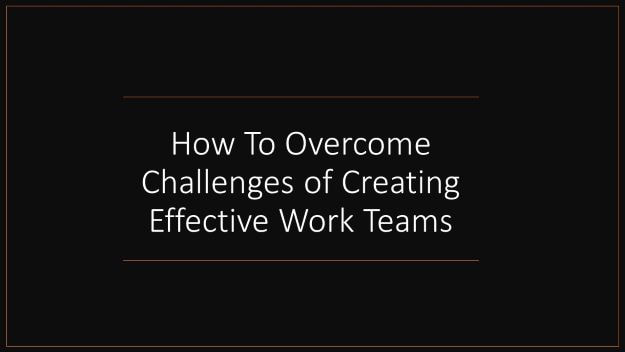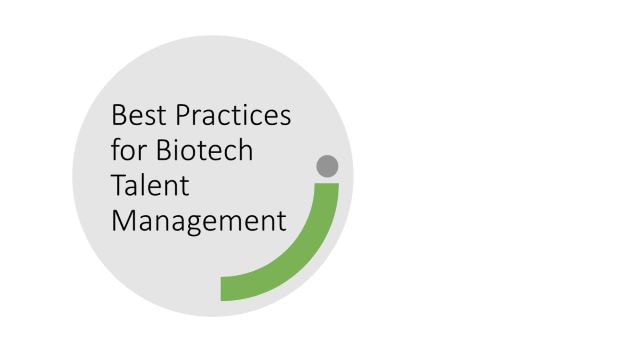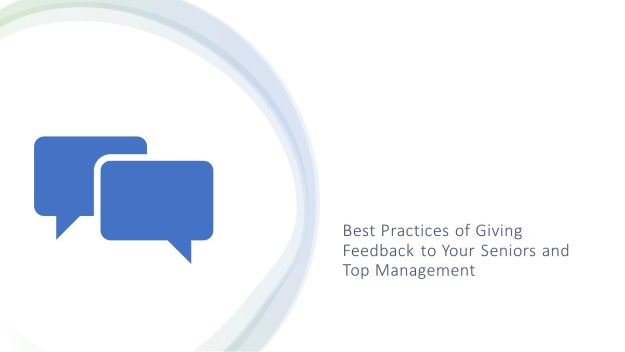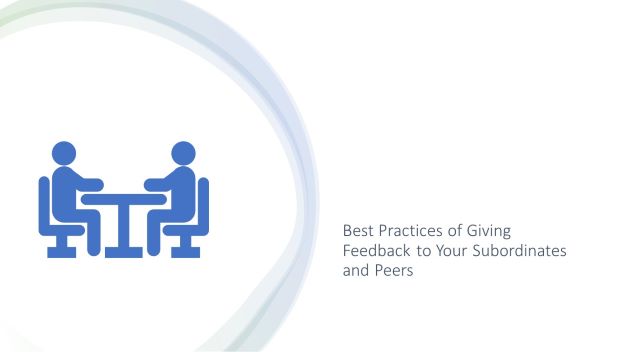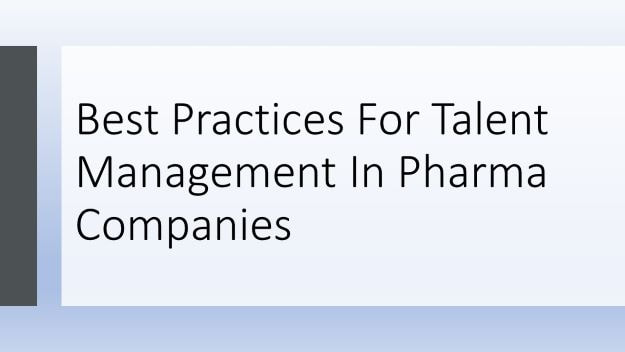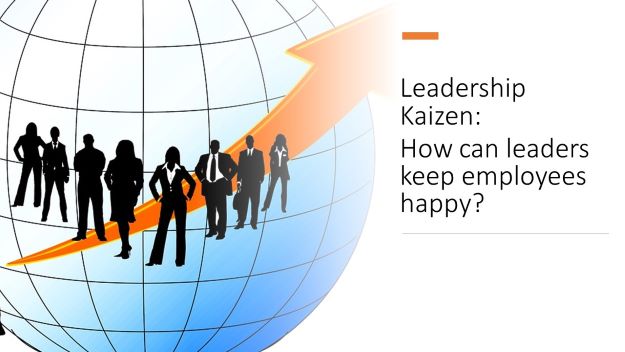Team development and performance is a critical aspect of improving operational excellence. Therefore, if such an issue exists at your workplace it must never be ignored, rather it must be dealt-with in a structured way.
Emotional Intelligence:
High level of emotional intelligence besides leadership skill is essential to solve issues like improving team members performance who aren't meeting quality standards. Also, consider obtaining a peer feedback prior and analyze complaints if any.
Solving such an issue must be done in a structured way after interacting with the team member and understanding his/her perspectives, concerns, and challenges.
Exactly pinpoint areas of improvement:
So, set out with a performance review by reviewing the team member’s work and identifying specific performance issues so there’s clarity in gaps between current performance and expected standards. Explain at length what quality standards are required and exactly pinpoint areas where improvements are desired.
Also, it is important that the team member understands what the quality standards are, why are they crucial, how are the quality standards linked to the organization’s goals and what they mean for the survival and growth of the business. Hence, if needed recommend him/ her for appropriate quality training program. This could be a course, on-the-job training, mentoring etc. But make sure that the training is customized to the individual’s needs as different team members might struggle with different quality standards aspect within their role.
Performance improvement plan:
Next, agree on a performance improvement plan for that team member, which must outline the improvement goals, timelines, steps needed to achieve them, progress monitoring systems and performance reassessment schedule. Make adjustments as needed. Remember that the learning/improvement journey is an evolving process. Sometimes learning happens faster than expected and at other times people can struggle. Hence, keep the performance improvement plan malleable, so the team member benefits the most and help or support is provided to him/ her as and when they need.
Foster collaboration at workplace:
Also, foster an environment of positivity, employee engagement and collaboration at your workplace. Encourage peer support so employees can learn from each other. In my journey as an operational excellence leader, I’ve witnessed that shared learning exhibited quicker understanding of the concepts being taught in the targeted training programs.
As a team lead, it is important to realize that you may have to make a tough call if there’s no improvement despite all efforts. Continuously under performing team members can be disastrous not only to the team’s momentum but also to the business’s survival and growth. Hence, team members who constantly under perform may need to be reassigned or let go for the overall well-being of the company. But this step must be a last resort after all other avenues have been exhausted.
Note that, words of encouragement, recognition from the team leaders are a big morale booster for employees. So, celebrate even small wins enroute the team member’s improvement journey!
Related Reading:
- Top Ten Strategic Decision-Making Tools for Operational Excellence
- How to overcome challenges of creating effective work teams.
- Popular Continuous Improvement Workshops & Webinars for Manufacturing Industries
- Leading process improvement with Emotional Intelligence.
- Popular Continuous Improvement Tools.
Follow Shruti on Twitter, YouTube, LinkedIn
Categories: HR Development | Operations | Leadership
Keywords and Tags:
#DrShrutiBhat #ProcessImprovement #ProcessExcellence #ContinuousImprovement #OperationalExcellence #EmployeeDevelopment #Leadership


